Plovers are a group of small shorebirds that commonly live on beaches and tidal zones. There are over 60 different species in the Plover, or Charadriinae, subfamily. Researchers divide the birds in the subfamily into 8 different taxonomic genuses also containing killdeers, wrybills, and dotterels. Read on to learn about the Plover.
Description of the Plover
These birds vary from species to species, each of which has different plumage with a variety of colors and patterns. For the most part, these birds are relatively small, and usually have light or dark colored feathers to match the beach or rocks.
They usually have moderately long legs, and short beaks. The largest species is less than a foot long, and most weigh just a few ounces.
Interesting Facts About the Plover
There are many different members in this bird family, and each is unique in its own way. Learn more about some individual species below.
- Wrybill – This species, also known as the “ngutuparore,” lives in New Zealand. Wrybills have rather odd beaks, because they bend to the right about halfway down the bill, hence the name “wrybill.” They are the only species of bird that has bill that naturally bends sideways.
- Piping Plover – This little bird lives along the coasts of North America. Despite its small assize, the Piping makes impressive migrations across multiple states every year! Just like sea turtles, Pipings return to the same beaches year after year to reproduce.
- Mountain Plover – Unlike most of these birds, which usually live along beaches and shores, Mountain Plovers live in meadows and fields in high elevations. However, they do not live in the mountains, but rather the foothills and tablelands. These little birds love to nest in prairie dog towns!
- Hooded Dotterel – This species lives in Australia and Tasmania, primarily along shorelines and some inland waterways. They have dark brown feathers on their heads, bright red beaks, and the skin around their eyes is red as well. The IUCN lists this bird as Vulnerable, primarily due to habitat destruction and pollution.
Habitat of the Plover
Though some of these birds live in different habitats, most species are shore birds. They live along beaches, sand dunes, estuaries, tide pools, and more. Some species also inhabit farms, particularly flooded pastures or lakes and ponds.
Some species also inhabit tundra, meadow, grassland, and other habitat types. Each species has different preferences, though the habitats of many species overlap with one another.
Distribution of the Plover
Different species live virtually worldwide, save for some of the most extreme environments. They inhabit various regions across North, Central, and South America, including the polar regions in the north. They also live throughout areas of Eurasia, Africa, Australia, and the surrounding islands.
Some species live across vast regions, while others only live in small pockets of habitat. Each species’ distribution is different, but many species have overlapping ranges and populations.
Diet of the Plover
Plovers eat a variety of small organisms, primarily invertebrates. The vast majority of their diet consists of worms, small insects, and crustaceans. Because their beaks are quite short, they usually hunt by running along and probing into the sand when they spot a potential meal.
Some common food items include snails, worms, flies, shrimp, crabs, and more. Each species eats different types of food, based on what is available in their region.
Plover and Human Interaction
Human interaction impacts different species of Plovers to varying degrees. Some species of Plovers are plentiful and common. Those species that live across wide ranges tend to have stronger populations than species that live only in a small region. Some of the most pressing dangers to these birds are habitat destruction, pollution, and hunting by feral animals like cats, rats, and dogs.
Domestication
Humans have not domesticated Plovers in any way.
Does the Plover Make a Good Pet
No, these little birds do not make good pets. They are wild animals, and are not friendly towards humans. In most places, it is illegal to own, capture, harass, or kill a Plover.
Plover Care
In zoos, these birds live in enclosures with shallow waters and “beaches” to forage on. Their habitats are usually sandy, and many of their habitats contain a variety of other shorebirds.
The exact specifics of their care vary from species to species. Zookeepers feed them a variety of foods based on their natural diet. For example, a Plover that lives along the beach might have a diet of small fish, krill, shrimp, and more.
Behavior of the Plover
Different Plover species have different social needs. Some species are social, and congregate in groups known as “flocks.” Some flocks contain just a handful of birds, while others reach numbers in the hundreds.
Most of these little birds spend their time running near the water in search of food. They can fly, but usually do not unless they are in danger. For the chicks that cannot fly, the parents will distract the predator by pretending they have an injury and leading the predator away from their chicks.
Reproduction of the Plover
Most Plovers nest on the ground, but their incubation periods and fledging rates vary from species to species. This is where their camouflaged feathers come in handy.
Most species do not build nests, but simply make a small indent in the sand and lay their eggs in that. Other species line their nests with stones or pebbles. The chicks can walk and follow their parents as soon as they hatch, but the parents must protect them from predators and lead them to food.

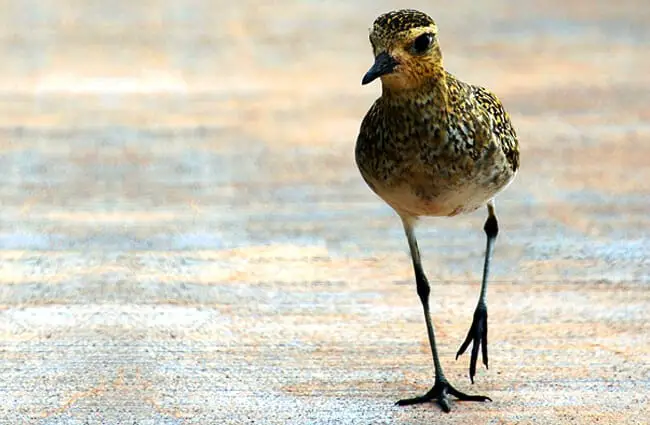

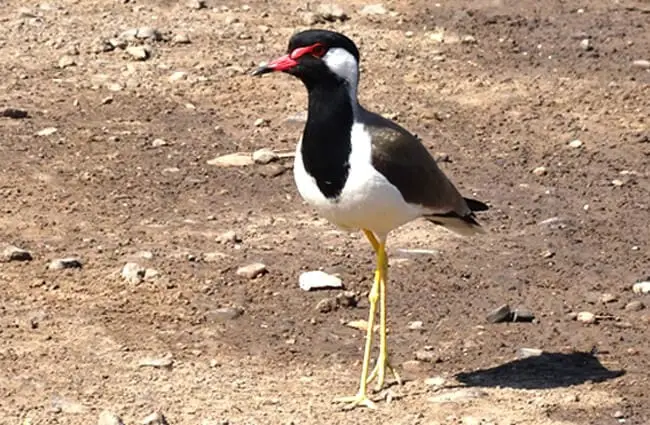
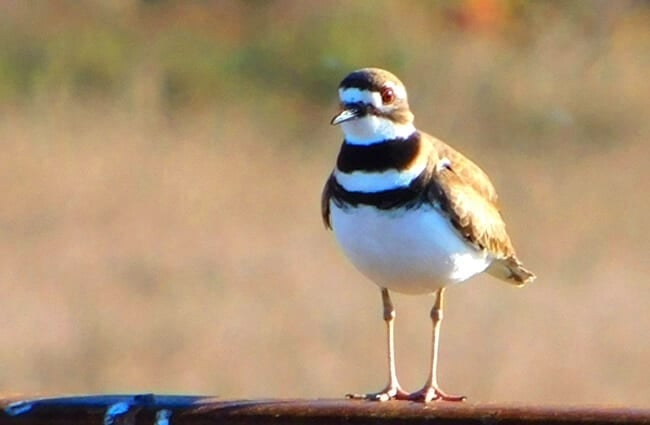
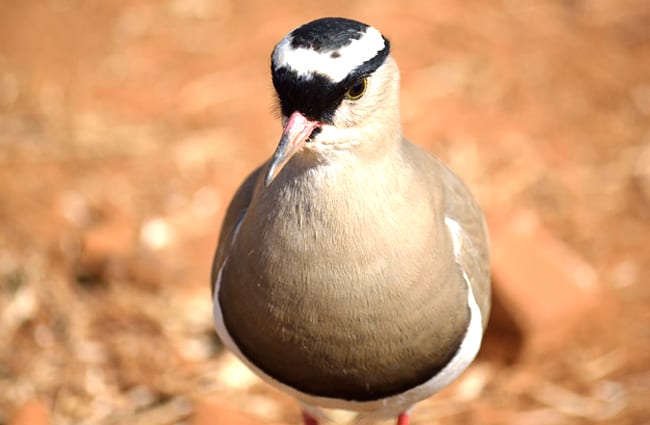

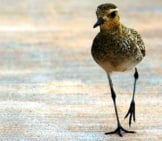
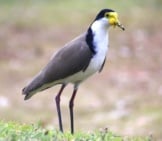

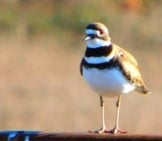
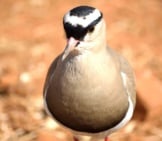
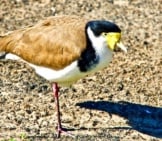
![Red Angus Closeup of a beautiful Red Angus cowPhoto by: U.S. Department of Agriculture [pubic domain]https://creativecommons.org/licenses/by/2.0/](https://animals.net/wp-content/uploads/2020/03/Red-Angus-4-238x178.jpg)












![Red Angus Closeup of a beautiful Red Angus cowPhoto by: U.S. Department of Agriculture [pubic domain]https://creativecommons.org/licenses/by/2.0/](https://animals.net/wp-content/uploads/2020/03/Red-Angus-4-100x75.jpg)

